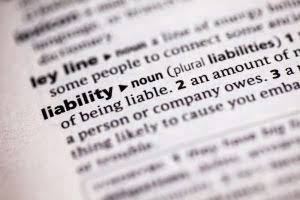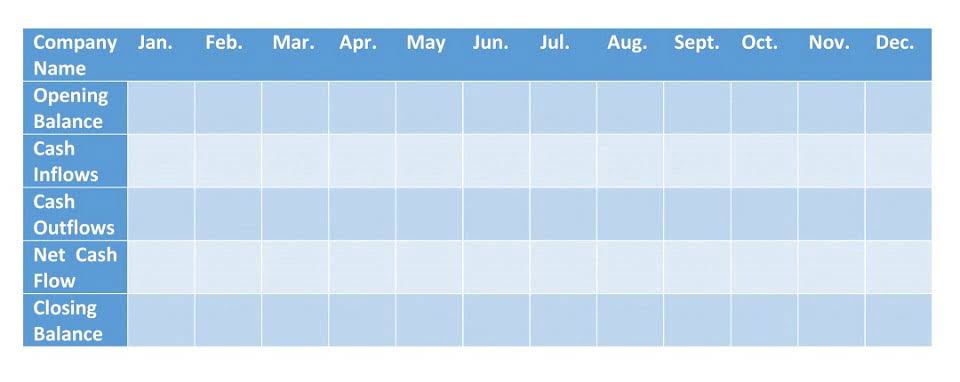Burn Rate: What It Means and How to Calculate It

A high burn rate indicates a company is spending cash quickly and may need to cut costs or raise more capital soon. Without accurate ledger account and up-to-date financials, your burn rate calculation won’t do you much good. Once you have those metrics, it’s time to calculate both the gross and net burn rate for your startup. When you need to make a big change like this, you’re operating a lot like a new business. You need to know how long you have to develop and test ways to increase revenue before the bank’s money runs out.

How do you calculate burn rate?

Most importantly, knowing your cash runway reduces the risk of running out of cash. It gives you a better understanding of when you need to raise funds or adjust your budget to stay afloat. Based on its current operating expenses, Sugar & Spice Bakery has a five-month cash runway. Get a better understanding of burn rate and how to calculate and reduce it with this comprehensive guide for how to calculate burn rate startups and scaling businesses. Given that your burn rate is the speed at which your business is spending the money in your bank, you’d assume that it’s best to minimise it as much as possible.

How Can You Reduce Your Burn Rate?
- If your business has plenty of cash in the bank that you’re afraid to use, investors may question your judgment and long-term ambitions.
- Let’s say you run a business and want to review your burn rate for the first quarter of the year.
- A low burn rate, on the other hand, might indicate a conservative approach to growth.
- Upon dividing the $100,000 in cash by the $5,000 net burn, the implied runway is 20 months.
- In other words, they’re spending $3,500 more per month than what they’re bringing in.
- Investors often examine a company’s burn rate to assess its ability to sustain operations and generate revenue.
- Contrastingly, a negative cash flow implies that a company’s expenses are greater than its revenue during a specified time.
The burn rate is used by startup companies and investors to track the amount of monthly cash that a company spends before it starts generating income. A company’s burn rate is also used as a measuring stick for what’s referred to as its “runway,” the amount of time the company has before it runs out of money. A company’s gross burn is the total amount it’s spending on operational expenses each month (with the absence of positive cash flow). In our example above, a startup spending $30,000 a month on staff salaries, office space, and a cool new ping pong table would have a gross burn rate of $30,000 per month. For funded startups, the relationship of burn rate to revenue is especially important. You’ll have used funding cash to build the company in the early stages, with the aim to reach positive cash flow before the money runs out.

Starting up
- High burn rates can also lead to workforce implications, including layoffs and pay cuts.
- In some cases, a higher burn rate indicates that you’re ready for a higher valuation.
- As a company spends more money than it earns, it may resort to borrowing in order to sustain its operations.
- This covers the ‘fully burdened’ cost of each employee, including salary, rent and all other standard business expenses.
- Net burn rate tells you the total amount that your company loses per month, considering both spending and revenue.
- In that case, you may use a small business loan or a line of credit to keep the lights on while you build new strategies to start breaking even again.
To sustain operations, the start-up must either become profitable or, more commonly, raise equity financing from outside investors before the cash on hand runs out. It’s the responsibility of your CFO to interpret your burn rate and know how much cash your SaaS startup will need at any given time. This is a constant process that is critical to ensuring the overall sustainability of your business. In the early stages of growth, some SaaS companies are unable to generate a positive net income. This https://www.bookstime.com/blog/cares-act-step-by-step-guide-for-small-businesses is usually because the SaaS founders are aggressively investing back into the business to fuel future growth. To reduce costs without impacting productivity, you need to improve efficiency.

That means if your burn rate is $40,000 per month, you’d want to have at least $480,000 (40,000 x 12 months) in available cash. The completed output sheet below shows the implied cash runway under the net burn is 12 months, so taking the cash inflows into account, that implies that the start-up will run out of funds in 12 months. In this scenario, we assume the start-up had $500k in its bank account and just raised $10mm in equity financing – for a total cash balance of $10.5mm. While it’s easy to assume that you need to reduce your burn rate, it’s not always necessary. It all depends on how you are allocating capital and how this impacts your startup.
This means the company is spending $20,000 more per month than it is generating in revenue, depleting its cash reserves at a rate of $20,000 per month. Monitoring the burn rate helps startups understand their cash runway, meaning the estimated number of months the company can continue operating with the current rate of expenses before running out of money. Burn rate is an essential metric for startup companies to understand their financial health.

